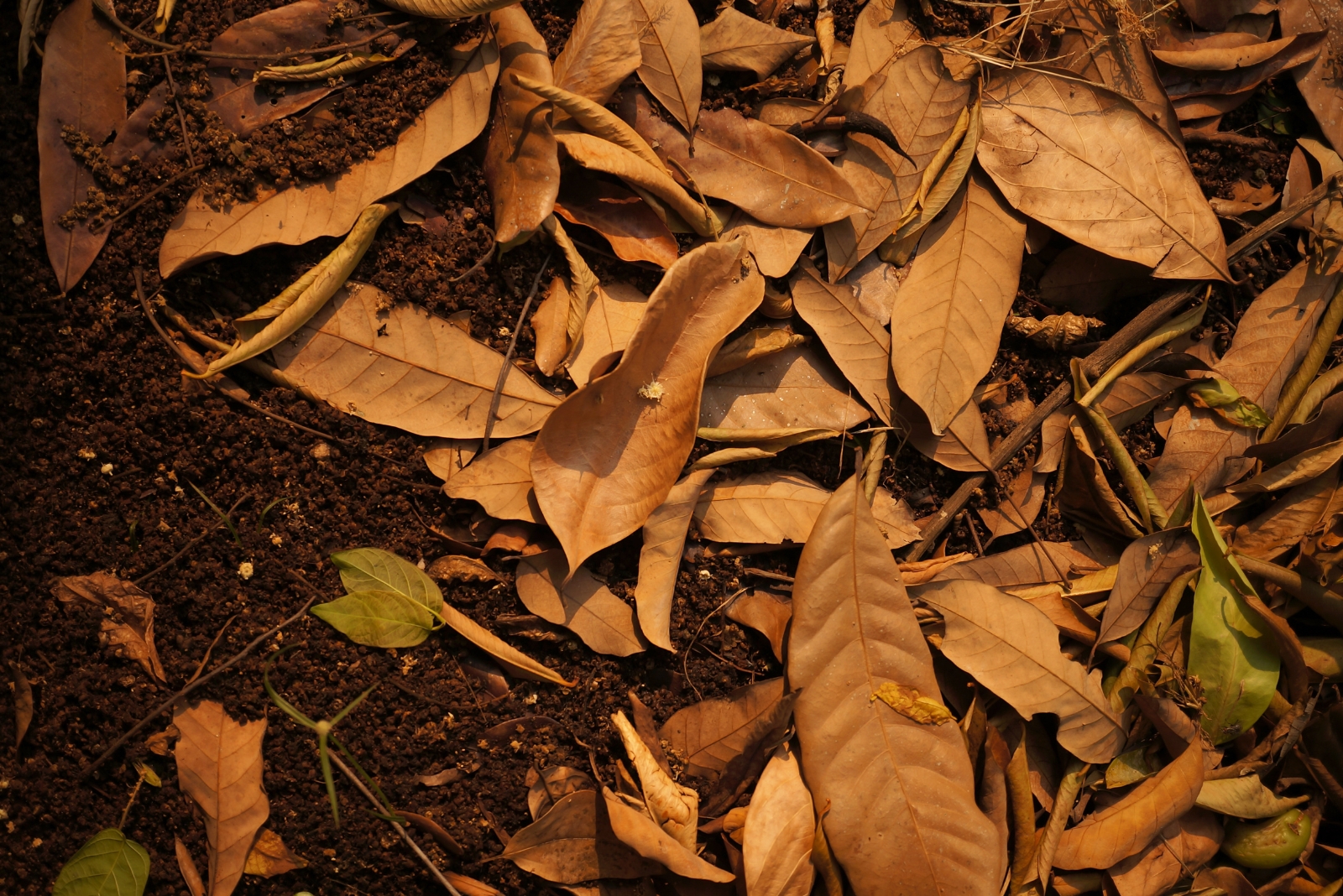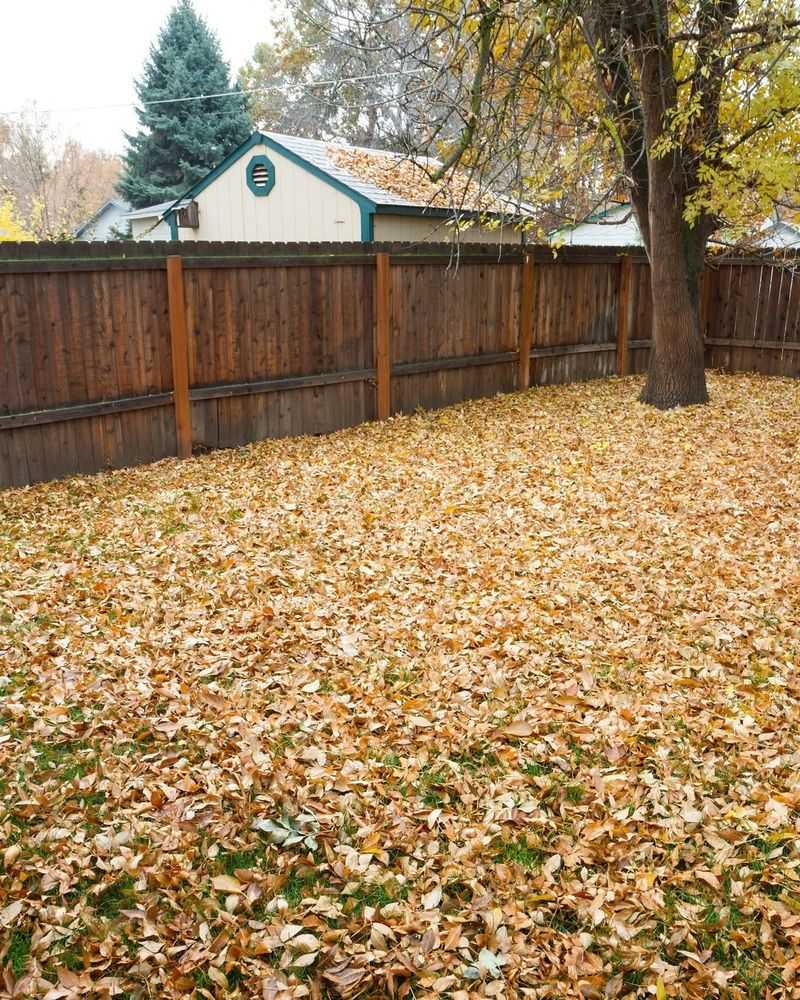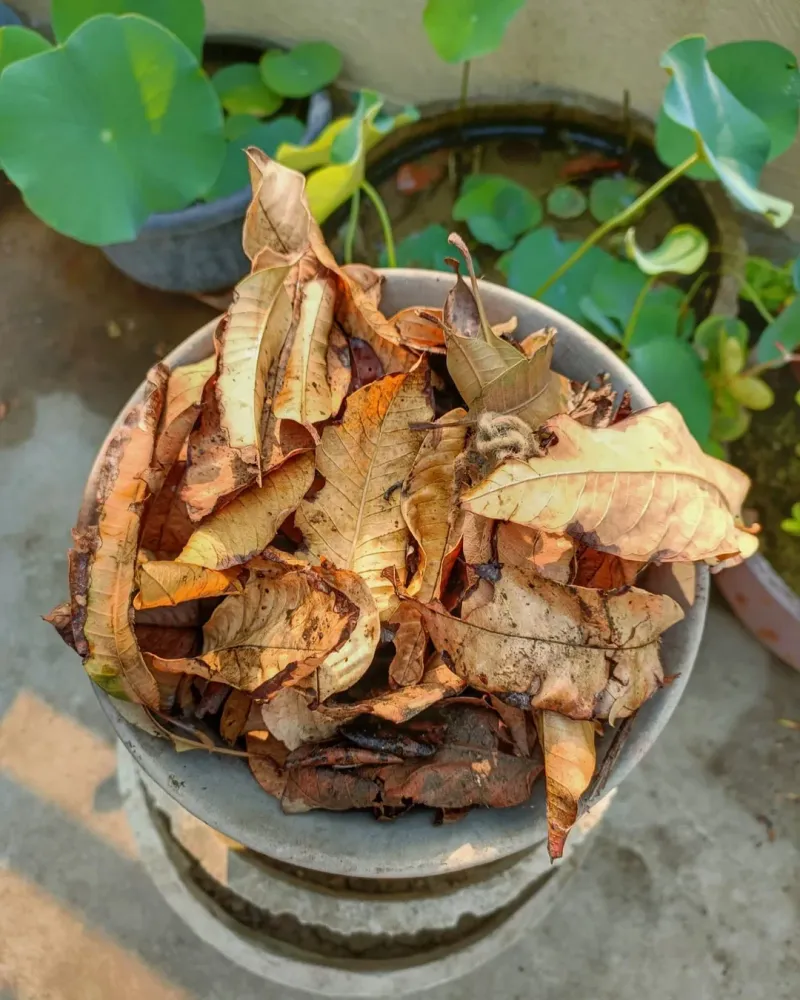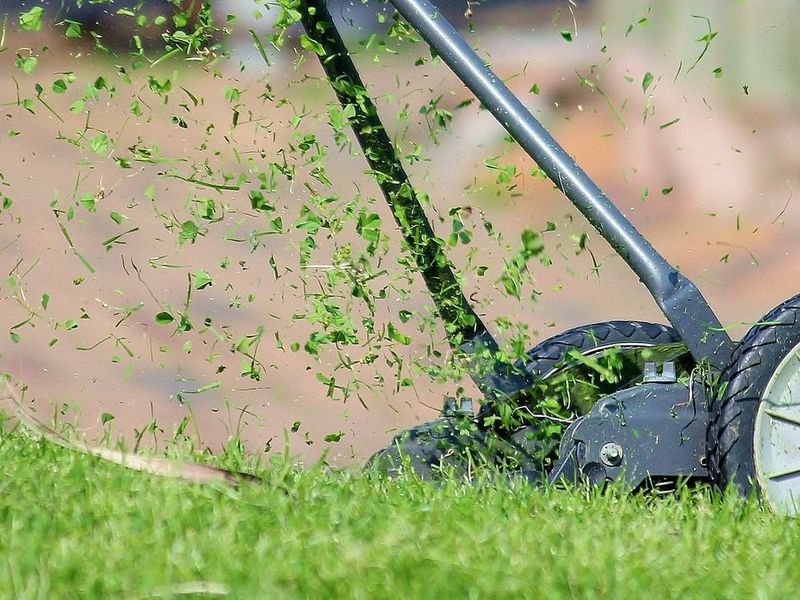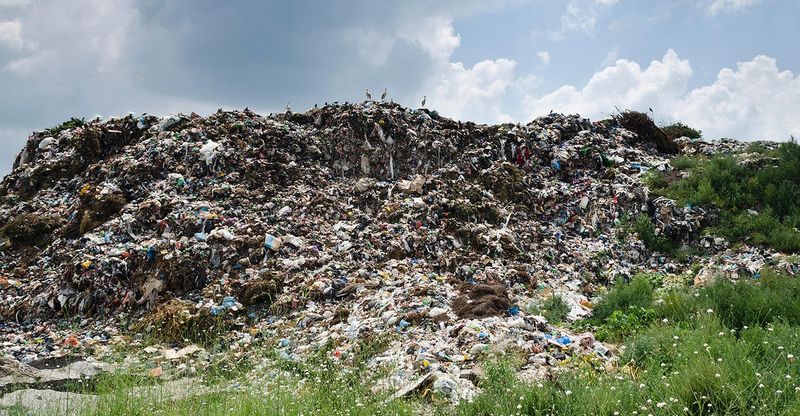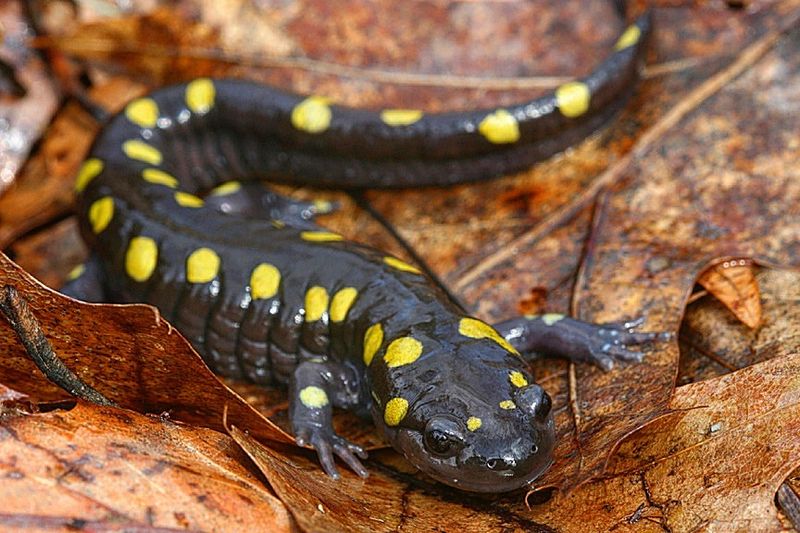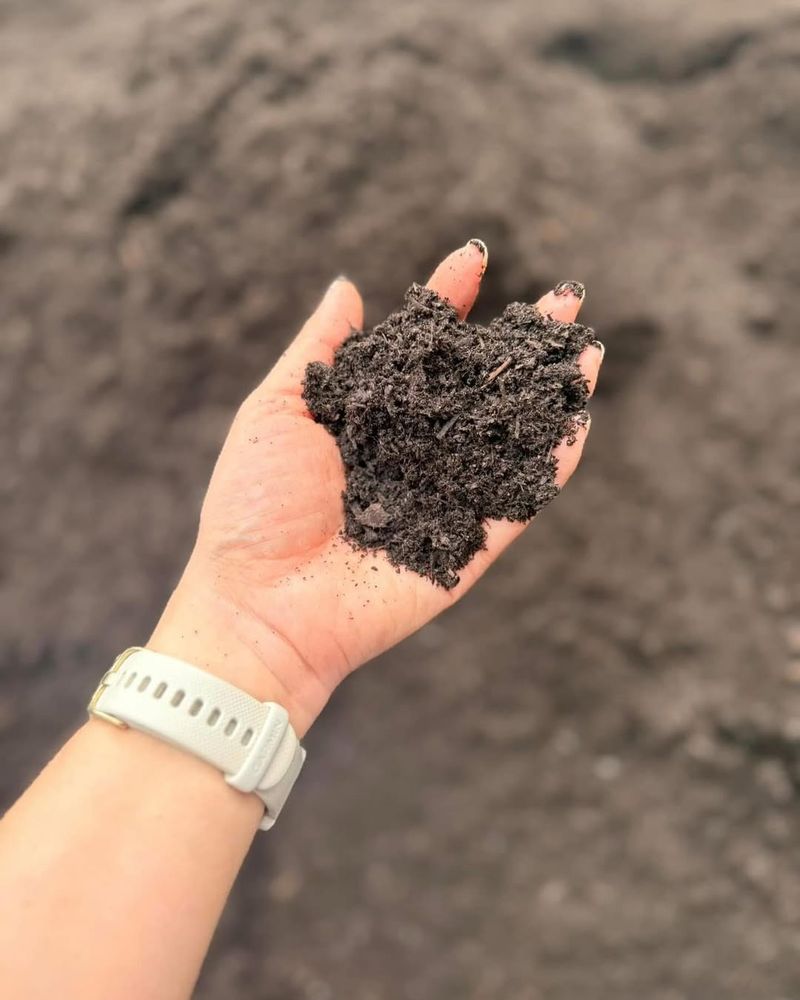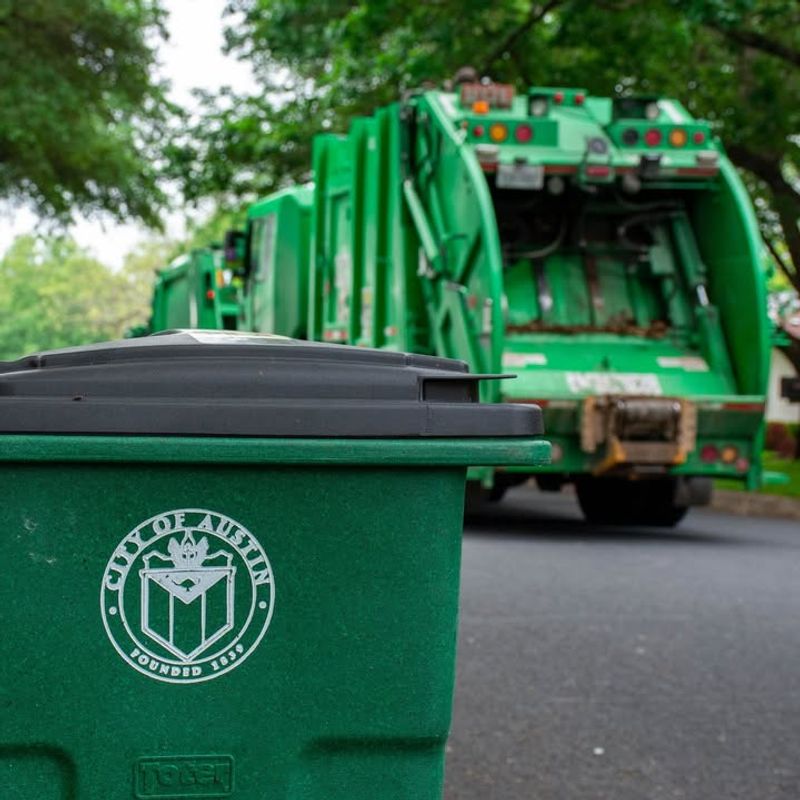Fall arrives in Texas, and yards across the state become blanketed with colorful leaves. For decades, most homeowners have raked them up, stuffed them into bags, and sent them to the landfill.
Now, a growing movement is changing that habit as people discover smarter, eco-friendly ways to handle fallen leaves that benefit their lawns and the environment.
1. Leaves Make Incredible Free Mulch
Fallen leaves are nature’s blanket for your garden beds. Shredding them with a mower creates a nutrient-rich covering that protects plant roots from temperature swings during Texas winters.
This free mulch layer holds moisture in the soil, reducing your watering needs. As leaves break down slowly, they release valuable nutrients back into the ground, feeding your plants naturally without store-bought fertilizers.
Most gardening experts recommend a two to three-inch layer around shrubs and flower beds.
2. Composting Turns Waste Into Gold
Starting a compost pile transforms your leaf waste into dark, crumbly garden gold. Mix fallen leaves with grass clippings, vegetable scraps, and other yard waste to create a balanced compost pile that breaks down efficiently.
Within six to twelve months, you’ll have rich compost that improves soil structure and feeds beneficial microorganisms. Texas gardeners especially appreciate compost because it helps clay soil drain better and sandy soil retain moisture.
Your vegetable garden will thank you with bigger harvests.
3. Grasscycling Leaves Feeds Your Lawn
Run over fallen leaves with a mulching mower, and watch them disappear into tiny pieces that filter down to your grass roots. This technique, called grasscycling, delivers free nitrogen and other nutrients directly to your turf.
Research shows that grasscycled leaves can provide up to 25 percent of your lawn’s annual fertilizer needs. The leaf pieces decompose quickly, usually within a few weeks, without smothering your grass.
You’ll save time, money, and reduce landfill waste simultaneously.
4. Landfills Are Overflowing With Yard Waste
Did you know yard waste makes up nearly 13 percent of everything Americans send to landfills? Bagged leaves pile up in Texas dumps, taking up precious space while producing methane gas as they decompose without oxygen.
Methane is a greenhouse gas much more potent than carbon dioxide. When leaves sit in plastic bags at the curb, they become environmental problems instead of natural resources.
Keeping leaves in your yard breaks this wasteful cycle and helps your community reduce its carbon footprint.
5. Wildlife Depends On Leaf Litter
Butterflies, beneficial insects, and small creatures need leaf litter to survive Texas winters. Many butterfly species, including swallowtails and mourning cloaks, spend their chrysalis stage hidden beneath fallen leaves.
Ground beetles, earthworms, and other helpful bugs make their homes in decomposing leaf layers, controlling garden pests naturally. Toads and salamanders also shelter under leaves during cold snaps.
Leaving some leaf piles in quiet garden corners creates mini-habitats that support local ecosystems and boost biodiversity in your neighborhood.
6. Leaf Mold Creates Premium Soil Amendment
Patience pays off when you make leaf mold, a special soil conditioner prized by serious gardeners. Simply pile damp leaves in an out-of-the-way spot and wait one to two years.
Unlike compost, leaf mold forms through fungal decomposition rather than bacterial action, creating a dark, crumbly material that smells earthy and sweet. This amendment improves soil structure dramatically, helping Texas clay become more workable.
Leaf mold holds moisture like a sponge while providing perfect growing conditions for plant roots to thrive.
7. Many Texas Cities Offer Leaf Collection Programs
Not everyone has space for composting or mulching, but that doesn’t mean leaves must go to landfills. Many Texas municipalities run special leaf collection programs during fall months, turning collected leaves into community compost.
Cities like Austin, Dallas, and Houston provide curbside pickup or designated drop-off locations where leaves get processed into mulch for public parks. Some programs even let residents pick up free finished compost in spring.
Check your local government website to find available programs in your area.

